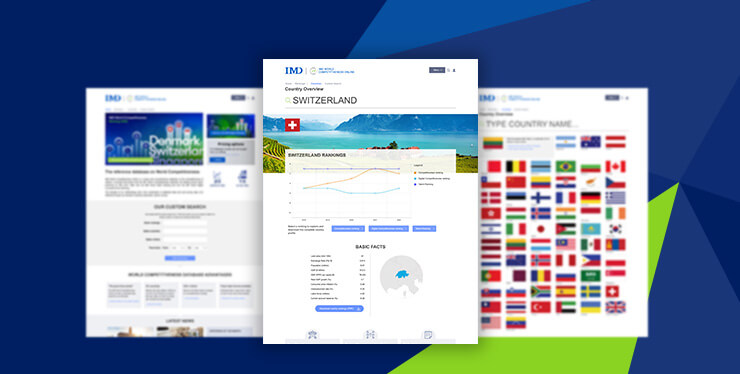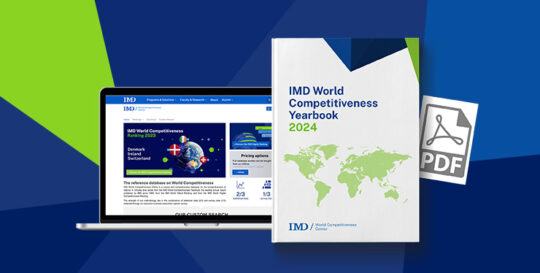


World Digital Competitiveness Ranking
Why compare the digital strengths and weaknesses of economies?
Now in its eighth year, the 2024 IMD World Digital Competitiveness Ranking measures the capacity and readiness of 67 economies to adopt and explore digital technologies as a key driver for economic transformation in business, government, and wider society. Based on a mixture of hard data and survey replies from business and government executives, the ranking help governments and companies to understand where to focus their resources and what best practices might be when embarking or building upon on digital transformation.
2024 Report
More about the World Competitiveness Center
Register to receive the latest news and events from IMD’s World Competitiveness Center



